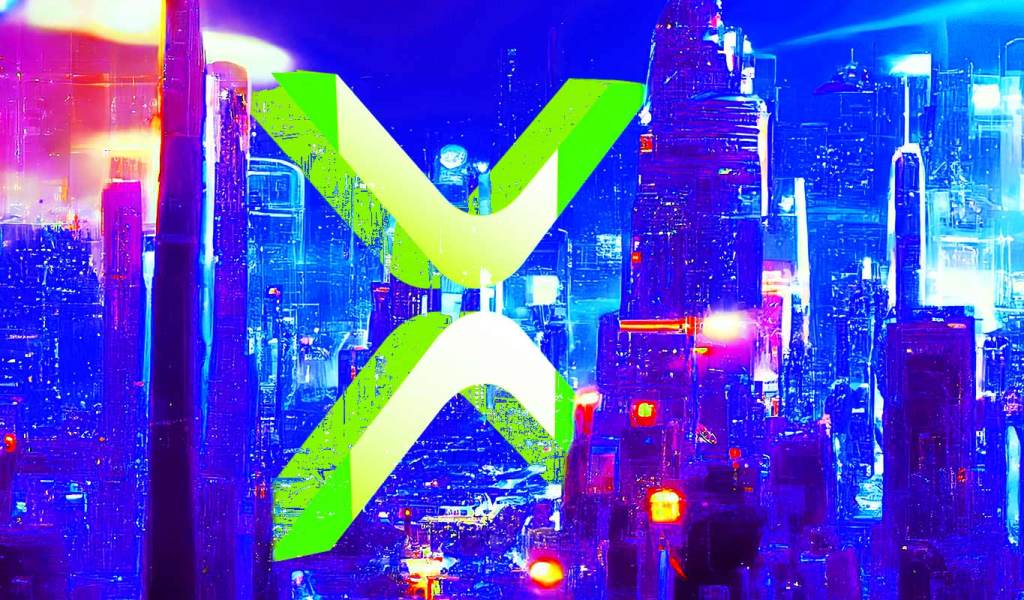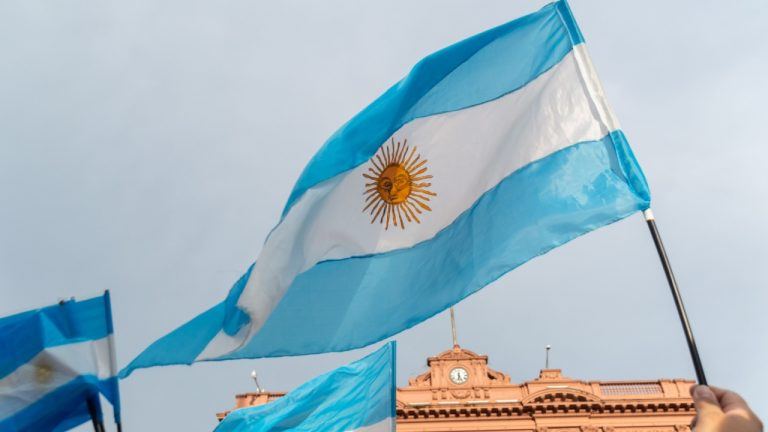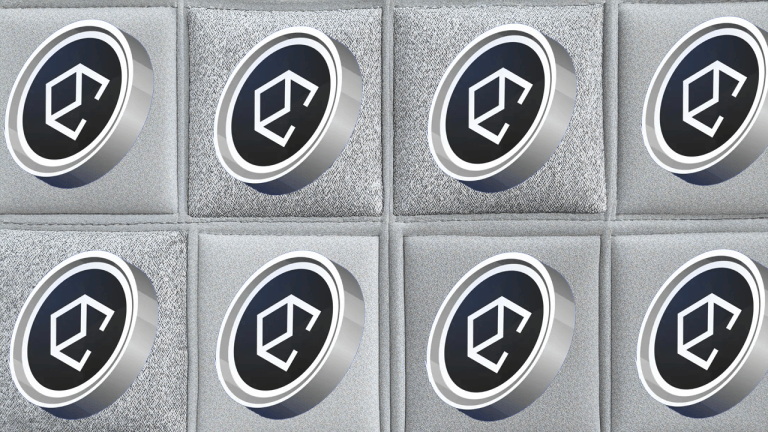
South Africa finishes technical PoC for wholesale CBDC settlement system

The South African Reserve Bank stated further work would be undertaken to study the findings from the project and used to inform policy and regulatory responses to DLT and CBDCs.
South Africa has taken another step closer to implementing its central bank digital currency (CBDC) as the South African Reserve Bank (SARB) concludes a technical proof-of-concept for the project.
The project, titled Project Khokha 2 (PK2), is the second phase of SARB’s Project Khokha (PK1), launched in 2018. It experimented with distributed ledger technology (DLT) for interbank payments’ settlement, successfully replicating the banks’ “SAMOS” real-time gross settlement system.
This second phase, PK2 was launched in February 2021 and tested DLT with clearing, trading and settlement within the proof-of-concept environment with industry participants Absa, FirstRand, JSE Limited, Nedbank and Standard Bank who form the Intergovernmental Fintech Working Group (IFWG).
Using the technology, SARB tested the issuance of debt instruments and enabled two payment options for settlement, a wholesale central bank digital currency (wCBDC) and a wholesale settlement token (wToken), a commercial bank issued form of private money.
The proof-of-concept developed two DLT platforms, one which served as a decentralized trading platform and the other which managed the CBDC.
A bidirectional bridge similar to those used in DeFi when sending cryptocurrencies across different blockchains was also built, allowing portability of the CBDC between the two platforms.
The results of the project highlighted the regulatory, business, and operational implications that DLT would have in the market. A statement by SARB summarized that the technology would streamline functions carried out by separate infrastructures onto a single platform, potentially reducing cost and complexity.
Related: Sweden’s central bank completes second phase of e-krona testing
In the report, SARB does point out that the new DLT platforms will need to be integrated with legacy systems, with the costs of implementing the new platform placed on the banks.
New standards, updated best practices and new support systems would need to be established for the DLT infrastructure, according to SARB. The reserve bank mentioned that legacy and DLT systems might always have to run side-by-side, stating:
“A transition to a DLT-based system requires careful planning and execution and may involve running a DLT-based system in parallel to the existing system for a while, perhaps indefinitely.”
Technical risks related to the reliability and security of the software bridge between platforms were also noted, and the use of the CBDC on networks outside of the two used in the proof-of-concept was also flagged as topics for further consideration.
SARB says further work will be undertaken to study the findings from this phase of the project and the legal status of the wCBDC, which will be used to inform policy and regulatory responses to DLT and CBDCs in the financial markets.
It also hinted that another phase of Project Khokha may be started to “build on the work of PK2, performing live transactions in a sandbox environment in a different use case”.
Since May 2021, South Africa has also been engaged in a preliminary study on a retail CBDC focused on its “desirability and appropriateness” no exact date is set for the conclusion of the study, but SARB says it will be sometime in 2022.
Go to Source
Author: Jesse Coghlan









